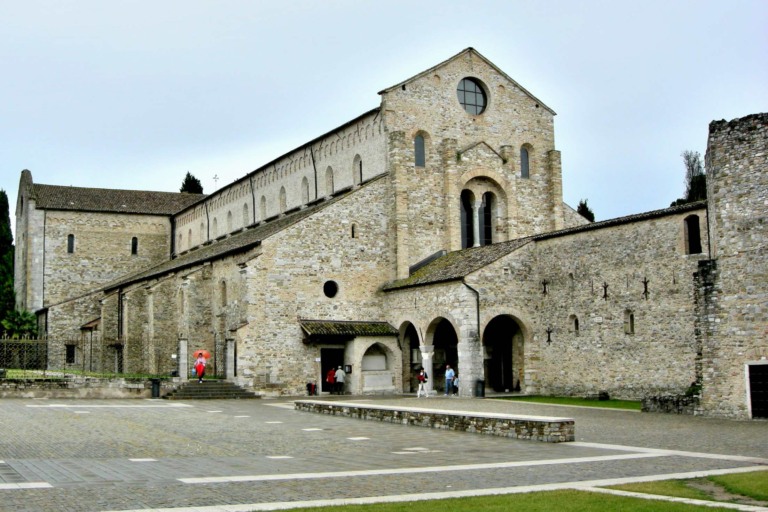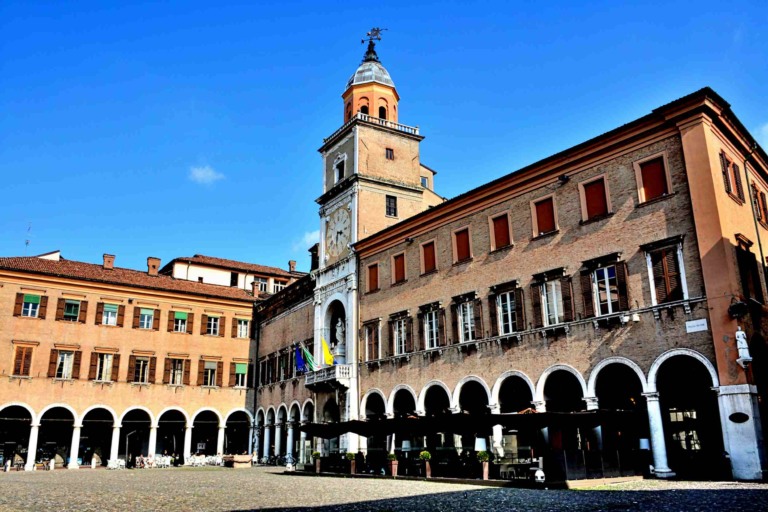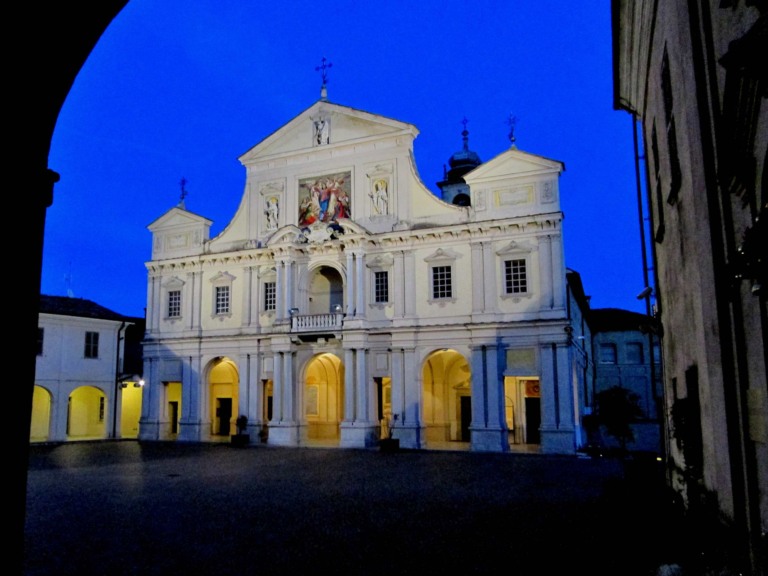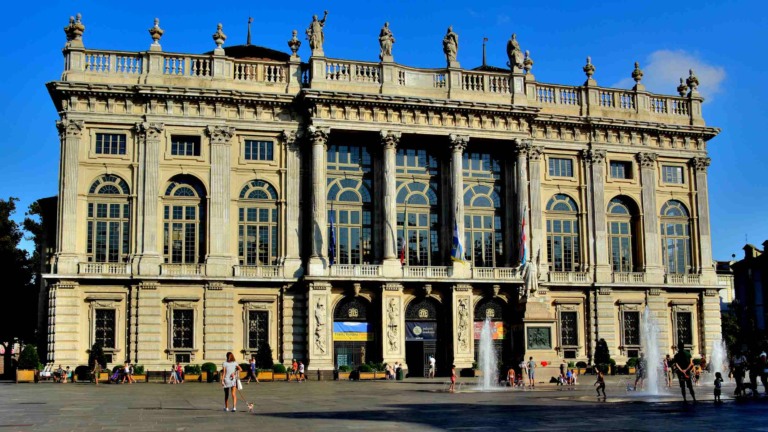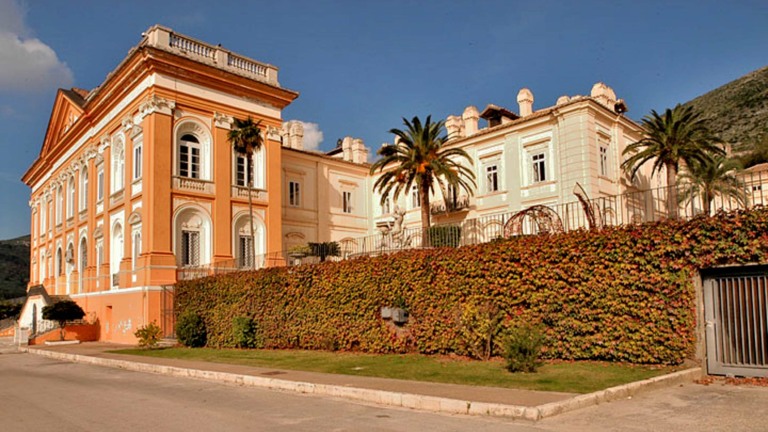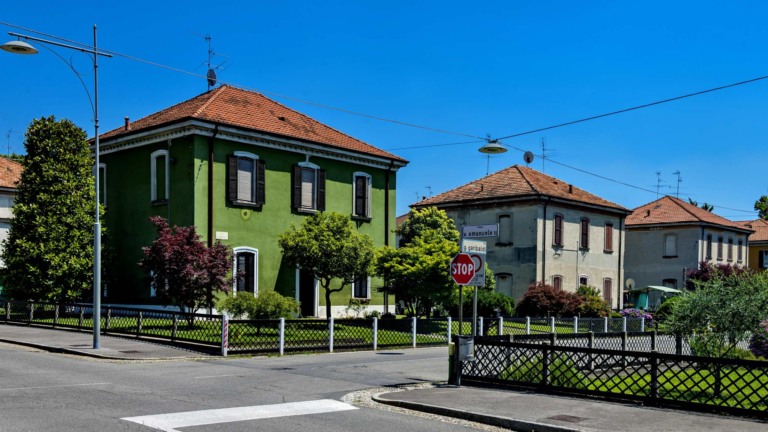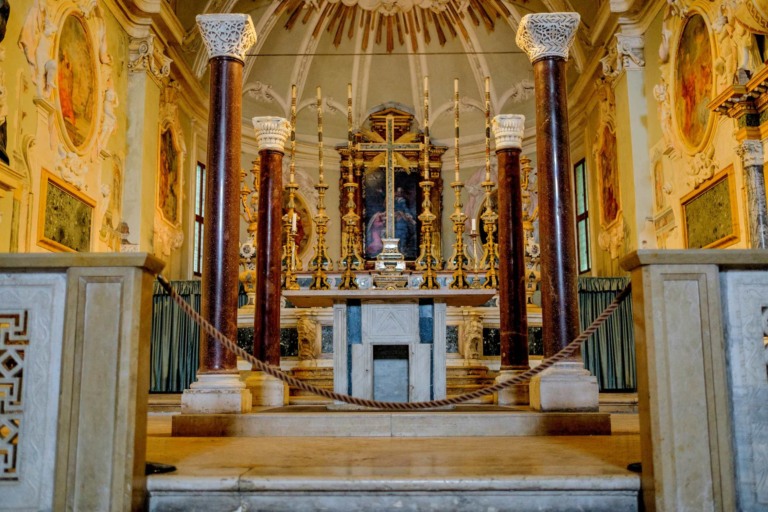The Arab-Norman Palermo and the Cathedral Churches of Cefalú and Monreale represent a remarkable fusion of cultures and architectural traditions. They highlight the historical and artistic exchange between Arab, Norman, and European cultures, showcasing the unique heritage of Sicily.
Arab-Norman Palermo Monreale
Since 2015, this UNESCO World Heritage Site in Italy has encompassed several significant historical and architectural landmarks in Sicily: two palaces, three churches, a cathedral, and a bridge in Palermo, as well as the cathedrals of Cefalù and Monreale.
The Arab-Norman Palermo and the Cathedral Churches of Cefalù and Monreale are a series of nine religious and civic structures located on the northern coast of Sicily, dating from the era of the Norman Kingdom of Sicily (1130–1194). These structures include:
- Palazzo dei Normanni: The Palazzo dei Normanni, or the Norman Palace, is a royal palace in Palermo. It served as the seat of the Kings of Sicily during the Norman period and later as the seat of the Sicilian Parliament. It features stunning architectural elements and hosts the beautiful Palatine Chapel.
- Cappella Palatina: The Palatine Chapel is an exquisite example of Arab-Norman architecture and is located within the Norman Palace. It showcases a harmonious fusion of Byzantine, Norman, and Islamic architectural styles, featuring stunning mosaics, intricate woodwork, and ornate decorations.
- San Giovanni degli Eremiti: San Giovanni degli Eremiti is a church in Palermo known for its red domes and beautiful gardens. It exhibits a unique blend of Norman and Arab architectural elements.
- Church of Santa Maria dell’Ammiraglio (La Martorana): The Church of Santa Maria dell’Ammiraglio, also known as La Martorana, is an outstanding example of Byzantine-Norman architecture. It is famous for its rich mosaics and beautiful interior.
- Church of San Cataldo: The Church of San Cataldo is another noteworthy example of Arab-Norman architecture in Palermo. It features distinctive red domes and intricate architectural details.
- Cathedral of Cefalù: The Cathedral of Cefalù is a remarkable Norman cathedral located in the town of Cefalù. It is renowned for its stunning interior mosaics and beautiful medieval architecture.
- Monreale Cathedral: The Monreale Cathedral, situated in the town of Monreale, is one of the finest examples of Norman architecture in Sicily. It boasts extraordinary Byzantine-style mosaics that cover the entire interior, depicting biblical scenes and figures.
- Zisa: The Zisa is a castle and palace located in Palermo. It was built during the Norman period and displays a mix of Arab, Norman, and Byzantine architectural influences.
- Ponte dell’Ammiraglio: The Ponte dell’Ammiraglio, or Admiral’s Bridge, is a medieval bridge located in Palermo. It was constructed during the Norman period and showcases the architectural prowess of the era.
Together, these structures represent the remarkable cultural exchange and architectural achievements of the Arab-Norman period in Sicily. They showcase a harmonious fusion of various architectural styles, leaving a lasting impact on the cultural heritage of the region.
Arab-Norman Palermo and the Cathedral Churches of Cefalú and Monreale
The Arab-Norman concept of social-cultural syncretism refers to the blending and integration of Western, Islamic, and Byzantine cultures on the island of Sicily during the Norman Kingdom of Sicily (1130–1194). This unique period gave rise to new concepts of space, structure, and decoration in the architecture and artistic expressions of the region.
During this era, Sicily was under the rule of Norman kings, who actively promoted cultural exchange and tolerance among the diverse populations residing on the island. The Normans, originally of Viking origin, embraced and assimilated into the local culture, fostering an environment of multiculturalism and religious coexistence.
The Arab influence was particularly significant, as the island had been under Arab rule for over two centuries prior to the Norman conquest. The Normans adopted many aspects of Arab culture, including architectural techniques, decorative motifs, and artistic styles. They combined these influences with their own Norman traditions and the Byzantine heritage inherited from the Eastern Roman Empire.
Elaborate on the Arab-Norman concept of a social-cultural syncretism between Western, Islamic, and Byzantine cultures on the island that gave rise to new concepts of space, structure, and decoration. The syncretism of Western, Islamic, and Byzantine cultures in the architecture of the Arab-Norman period is evident in several ways:
- Space: Arab architectural concepts introduced a new spatial organization. Buildings were designed with central courtyards, creating open and interconnected spaces. The use of courtyards, arcades, and covered walkways allowed for fluid movement between different areas of a structure and promoted a sense of communal living.
- Structure: The Arab-Norman architecture featured a combination of building techniques. Norman architects incorporated the solid and robust masonry construction methods of Western Europe with the lightweight and decorative elements of Arab architecture. This fusion resulted in structures with sturdy stone walls and intricate decorative details.
- Decoration: The decorative motifs of the Arab-Norman period incorporated intricate geometric patterns, vibrant colored tiles, and ornate stucco work inspired by Islamic art. Byzantine influence can be seen in the use of mosaics and religious iconography. These diverse decorative elements were skillfully integrated into the architectural forms, creating visually striking and harmonious designs.
The syncretism of these cultural influences resulted in the creation of unique architectural masterpieces, such as the Palatine Chapel within the Norman Palace in Palermo and the cathedrals of Cefalù and Monreale. These structures exemplify the blending of Western, Islamic, and Byzantine architectural elements, showcasing the rich cultural exchange that took place during the Arab-Norman period.
The Arab-Norman concept of social-cultural syncretism not only influenced architecture but also extended to other artistic forms, including literature, music, and craftsmanship. It fostered a climate of intellectual and artistic exchange, paving the way for new ideas and cross-cultural collaborations.
Overall, the Arab-Norman period in Sicily represents a remarkable era of cultural convergence, where Western, Islamic, and Byzantine influences merged to create a unique and harmonious architectural style. It stands as a testament to the power of cultural exchange and the ability of different traditions to coexist and inspire one another.

